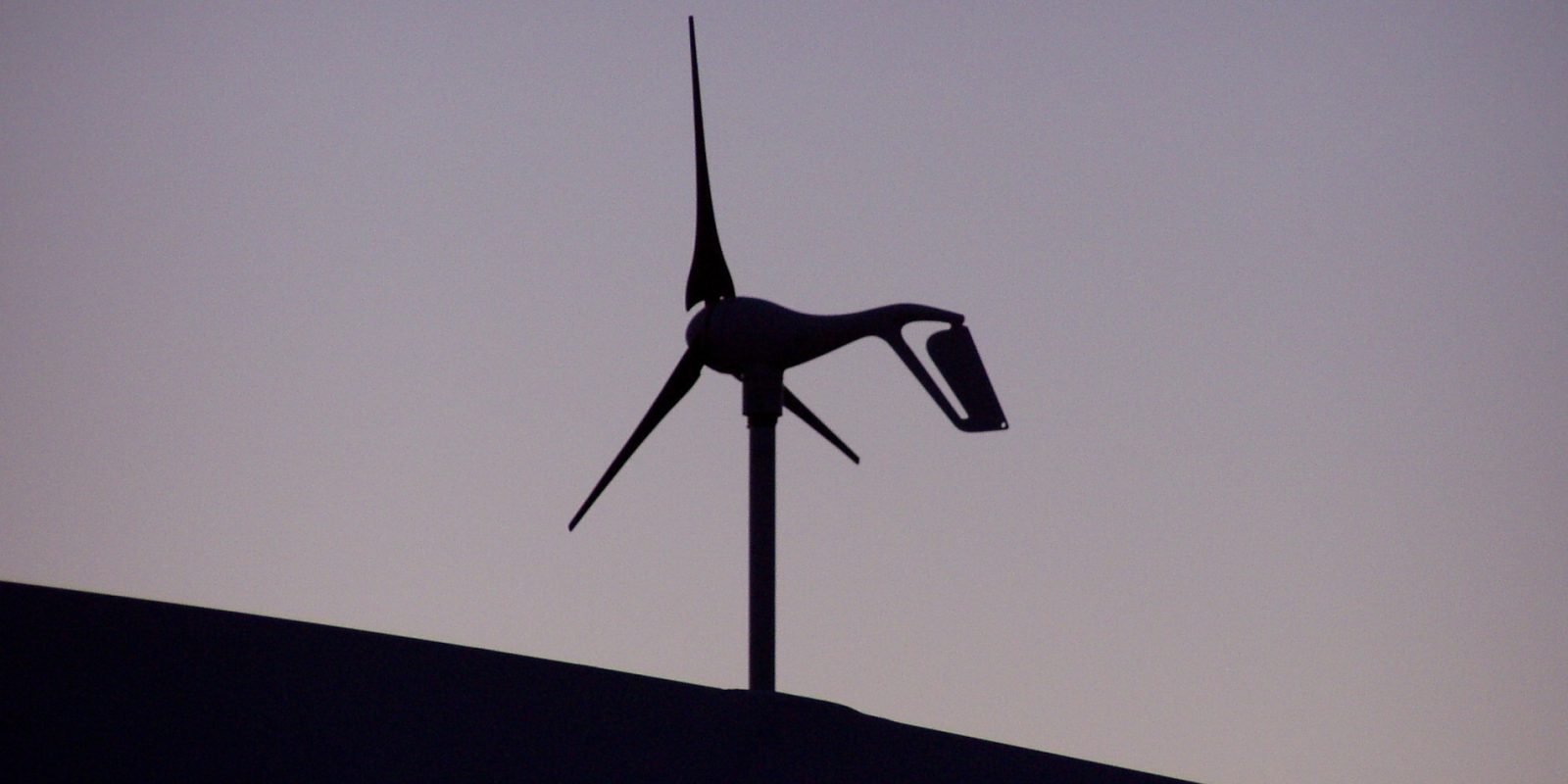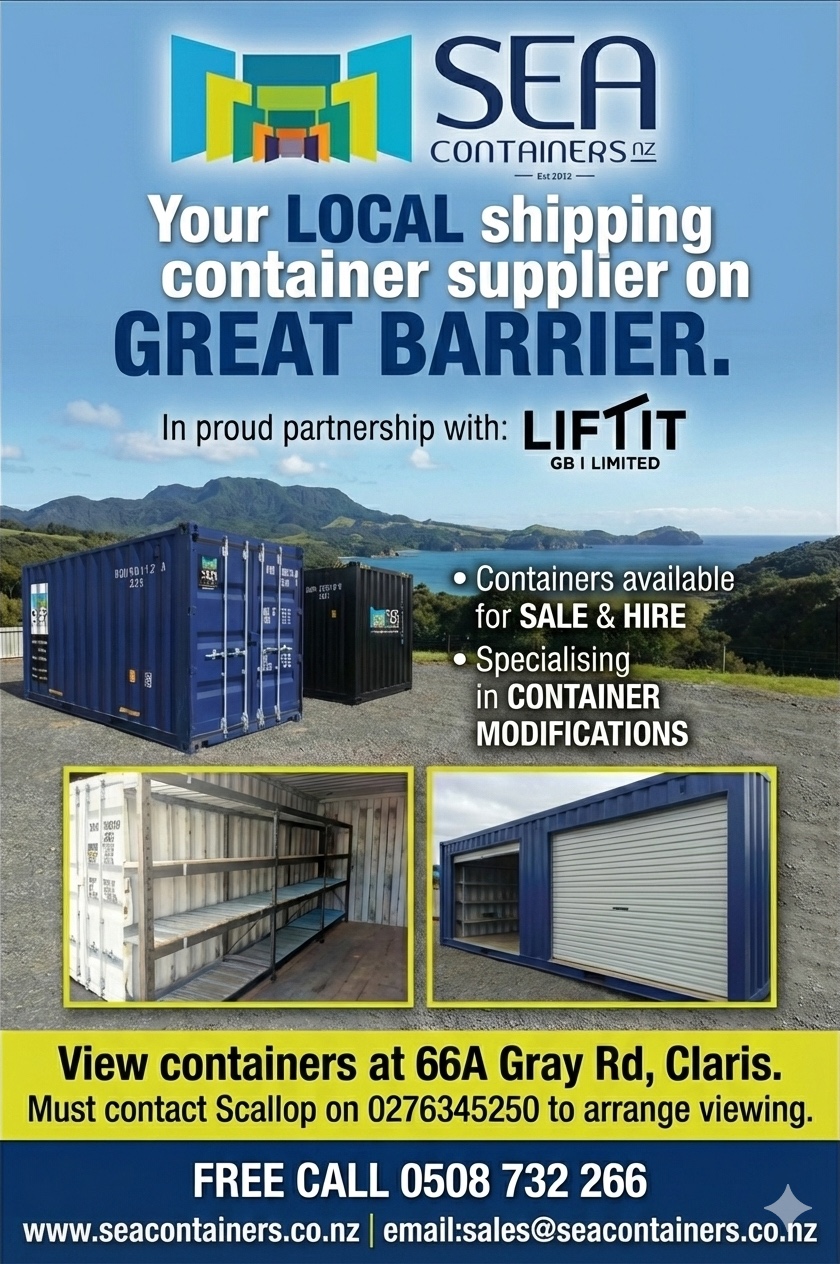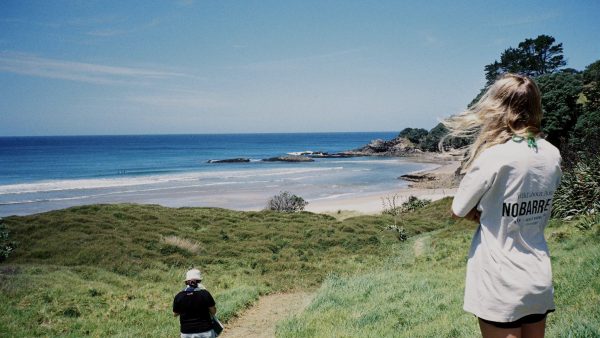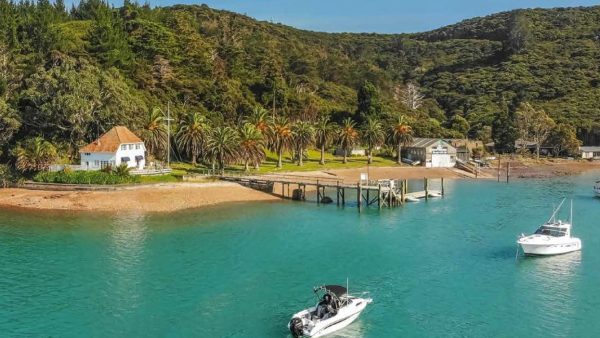Small wind turbines promise clean, endless power. On Aotea, where every property is off-grid, the idea is especially tempting — spinning blades turning the island’s famous winds into free electricity, day and night. The reality is more complicated. In most spots, a home turbine is a noisy, high-maintenance money pit. In a few, it’s a game-changer.
Aotea is windy. MetService data shows the island averages around 5.5–6.5 m/s (20–23 km/h) at 10 metres height across the year, with peak months often well above that. That’s a decent average — stronger than much of mainland New Zealand — and the gales that hammer the island each spring can hit more than 100 km/h. On paper, it’s ideal wind country. But wind power doesn’t care about averages; it needs clean, consistent flow. Many homes are in turbulent air — wind that’s chopped up by hills, ridges, and trees — and turbines in that kind of flow produce a fraction of their rated output while wearing out faster.
A 2 kW small turbine rated at 11 m/s might, in reality, average only a 15–20% capacity factor in a mediocre Aotea site. That works out to 2,600–3,500 kWh a year — less than half the energy a similarly priced solar system will produce. Add the corrosion risk from salt air, plus the need for gin-poles or climbing gear to service bearings, blades, and gearboxes, and many owners find the economics fall apart. High winds don’t always save the day, either; most small turbines shut down automatically in gusts over 20–25 m/s (72–90 km/h) to avoid damage, which means our strongest storms can leave them sitting idle.
Solar panels, by comparison, are brutally simple: no moving parts, minimal upkeep, and a predictable output curve. On Aotea’s west coast, though, where many houses are shaded until late morning, solar loses a chunk of its production time each day. A 5 kW rooftop system on the island might produce 6,500–7,000 kWh per year, but those numbers assume full sun for the whole day. Morning shade can cut that by 10–20%. And solar is useless at night, when many homes draw heavily on batteries.
That’s where wind has the edge. On the island’s sweet-spot properties — often unexpectedly located on the leeward, eastern slopes of the central ridge — turbines catch strong, smooth wind for most of the day and night. In those locations, a well-sited turbine can easily outperform solar, especially in winter when daylight hours are short and storms roll through regularly. A good site can push a small turbine’s capacity factor to 30% or more, delivering 5,000–6,000 kWh a year — and doing much of that in the dark hours when the fridge, lights, and water pump are still running.
The verdict: Aotea’s wind is an untapped goldmine for a lucky minority and a wallet-draining disappointment for the rest. The difference comes down to siting and height. Get the blades into clean, fast air above the turbulence — and accept the salt-air maintenance — and wind can keep your batteries topped up long after the sun’s gone.
Testing Your Site Before You Buy
The only reliable way to know if a turbine will work for you is to measure your wind, not guess. A proper site test means mounting an anemometer (wind speed meter) at the height you’d put the turbine and logging data for at least a few weeks, ideally over different seasons. You’re looking for an average wind speed of at least 6 m/s at hub height with minimal turbulence. If the wind changes direction rapidly, or you’re seeing big drops in speed when the wind swings, you’re probably in turbulent air — which will slash your output and chew through parts.
Choosing a Turbine That Lasts on Aotea
Salt air is brutal on cheap gear. Look for marine-grade corrosion protection, sealed bearings, and a reputable manufacturer with parts available in New Zealand. Avoid “Alibaba or Trade Me specials” with inflated power ratings — a 2 kW turbine should weigh at least 40–50 kg and come with proper documentation of performance curves. Check the cut-in speed (when it starts generating), the survival wind speed (when it shuts down to avoid damage), and whether the tower system can be lowered easily for maintenance. If you can’t service it without specialist help, expect big bills.
Done right, small wind can be an asset on Aotea — especially on those rare, prime sites. Done wrong, it’s just another expensive ornament rusting in the salt breeze.







